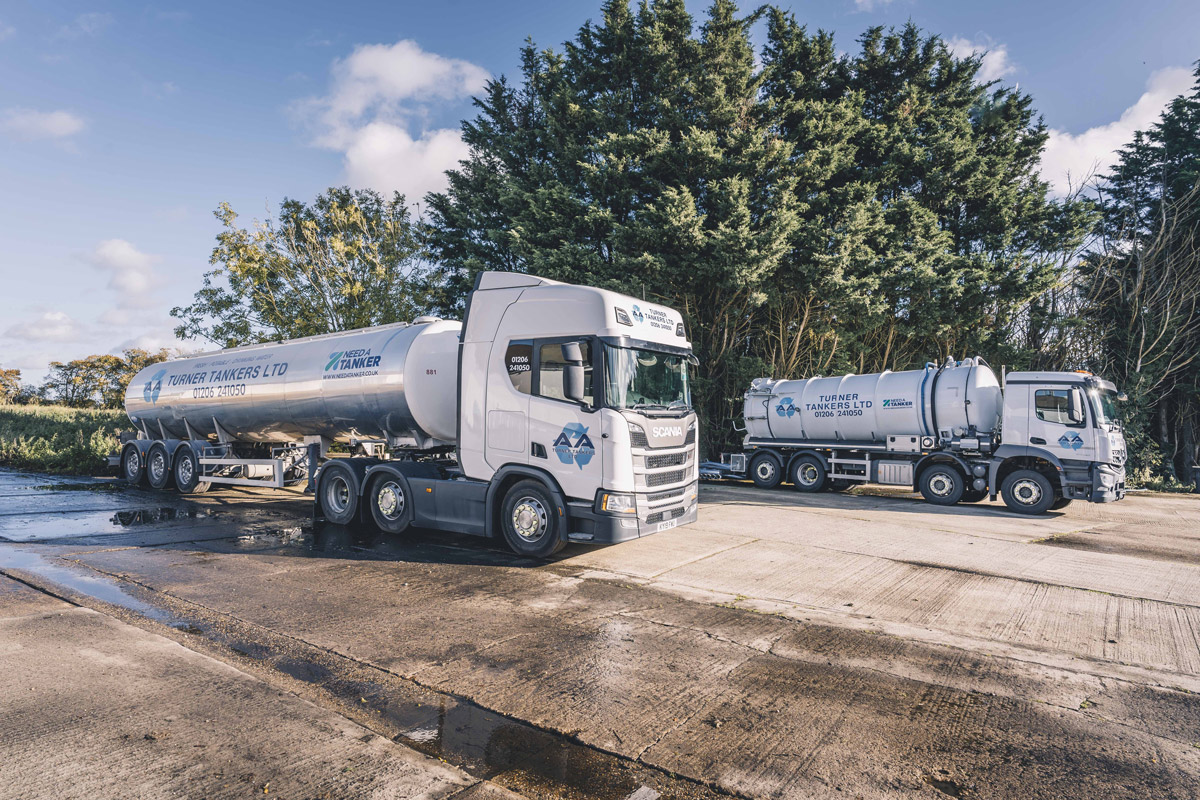The Ultimate Guide To Reclaim Waste
The Ultimate Guide To Reclaim Waste
Blog Article
All about Reclaim Waste
Table of ContentsGetting The Reclaim Waste To WorkThings about Reclaim WasteThe Single Strategy To Use For Reclaim WasteThe Greatest Guide To Reclaim Waste10 Simple Techniques For Reclaim Waste
Discover the types, incidents, and kinds of liquid waste. Domestic sewer waste describes the waste and items from a property septic container. This kind of waste is created by people in residences, colleges, and other structures. This only consists of sewage-disposal tanks that have a drainpipe field. The proper management and disposal of domestic sewer waste require liquid waste to be moved to a sewage treatment plant where the appropriate techniques and tools are used to detoxify and throw away waste.
Commercial waste typically consists of possible threats, such as flammable products or a mix of liquid and solid waste items, and calls for an advanced and comprehensive disposal procedure. The disposal of business waste generally includes the purification of waste before transportation to make sure secure and correct disposal. Industrial waste is produced from results and runoff of industrial procedures and production.
This type of waste can not use the exact same sewer management transport or processes as septic or industrial liquids. The hazardous waste monitoring process requires the evaluation and screening of liquid waste prior to it undertakes the disposal procedure (liquid waste disposal melbourne). Drainage waste is the liquid waste that originates from drainage and excess stormwater in extremely populated locations or cities
Drainage waste can create contamination and flooding otherwise handled appropriately. Find out more regarding sewer cleaning and waste administration. Making sure appropriate waste management can stop disasters and reduce environmental injury. Both people in domestic setups and specialists in industrial or production sectors can benefit from understanding the processes and guidelines of liquid waste management.
Rumored Buzz on Reclaim Waste
Contact PROS Services today to find out about our waste administration and disposal solutions and the proper ways to take care of the liquid waste you create.
(https://filesharingtalk.com/members/604691-reclaimwaste1)Do you know what happens to your water when you draw the plug, flush the toilet or drain pipes the washing equipment? No? Well, it's worth recognizing. This so-called 'wastewater' is not just an important resource yet, after treatment, will certainly be launched to our land, waterways or the ocean. Utilized water from commodes, showers, bathrooms, kitchen sinks, washings and industrial processes is called wastewater.

water utilized to cool machinery or tidy plant and tools). Stormwater, a kind of wastewater, is overflow that moves from farming and city areas such as roofing systems, parks, gardens, roads, courses and seamless gutters into stormwater drains, after rainfall. Stormwater moves without treatment directly to local creeks or rivers, eventually getting to the sea.
About Reclaim Waste
In Queensland, a lot of wastewater is dealt with at sewage therapy plants. Wastewater is delivered from residential or industrial websites through a system of sewage systems and pump stations, understood as sewerage reticulation, to a sewer treatment plant.
The Department of Natural Resources advises city governments regarding handling, operating and preserving sewage systems and treatment plants. In unsewered locations, city governments may call for owners to set up individual or family sewage treatment systems to treat residential wastewater from commodes, kitchen areas, shower rooms and washings. The Division of Natural Resources authorises making use of household systems when they are shown to be efficient.
In some brand-new subdivisions, therapy of some stormwater to remove clutter, sand and gravel has actually started making use of gross pollutant traps. Wastewater treatment takes place in 4 phases: Gets rid of strong matter.
Wastewater after that streams right into huge containers where solids resolve and are removed as sludge. Grease and scum are skimmed from the surface area. Utilizes little living microorganisms called micro-organisms to break down and eliminate continuing to be dissolved wastes and fine fragments. Micro-organisms and wastes are included in the sludge. Eliminates nitrogen and phosphorus nutrients that might trigger algal blooms in our waterways and intimidate aquatic life.
The Definitive Guide to Reclaim Waste
Nutrient elimination is not available in all sewer treatment plants due to the fact that it calls for expensive specialized devices. It is becoming more usual in Queensland. Clear liquid effluent generated after treatment might still contain disease-causing micro-organisms. If this effluent is released right into rivers such as rivers or the sea, the micro-organisms will eventually die out.

This normally means wastewater needs to be treated or impurities gotten rid of before it can be released to waterways. The majority of wastewater moves right into the sewerage system. Under the Act, local governments provide authorizations and licences for environmentally relevant tasks (ERAs) including wastewater launches that might have a neighborhood influence. The department administers approvals and permits to ERAs including wastewater releases that may have a regional or statewide effect.
An Unbiased View of Reclaim Waste
Otherwise, samples are taken for research laboratory evaluation. Usually lots of examinations are needed to establish the degrees of each of the different toxins such as oils, hefty metals and pesticides in water. Tracking gives valid details concerning water quality and can confirm that licence problems are being satisfied. The details gotten via tracking supplies the basis for making water high quality choices.
Report this page